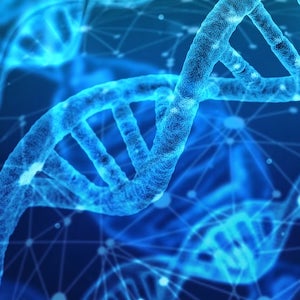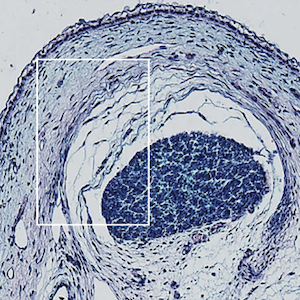Original Articles
19 July 2012
Vol. 64 No. 3 (2012)
Neuropeptide levels in Dercum's disease (adiposis dolorosa)

Publisher's note
All claims expressed in this article are solely those of the authors and do not necessarily represent those of their affiliated organizations, or those of the publisher, the editors and the reviewers. Any product that may be evaluated in this article or claim that may be made by its manufacturer is not guaranteed or endorsed by the publisher.
All claims expressed in this article are solely those of the authors and do not necessarily represent those of their affiliated organizations, or those of the publisher, the editors and the reviewers. Any product that may be evaluated in this article or claim that may be made by its manufacturer is not guaranteed or endorsed by the publisher.
1153
Views
1649
Downloads
Authors
Department of Clinical Sciences Malmö, Lund University, Plastic and Reconstructive Surgery, Skåne University Hospital, Malmö, Sweden, Sweden.
Department of Clinical Sciences Malmö, Lund University, Plastic and Reconstructive Surgery, Skåne University Hospital, Malmö, Sweden, Sweden.
Department of Clinical Sciences Malmö, Lund University, Plastic and Reconstructive Surgery, Skåne University Hospital, Malmö, Sweden, Sweden.
Department of Clinical Sciences Malmö, Lund University, Plastic and Reconstructive Surgery, Skåne University Hospital, Malmö, Sweden, Sweden.
Faculty of Medicine, Lund University, Sweden.
Institute of Clinical Neuroscience, Göteborg University, Sahlgrenska University Hospital/Mölndal, Mölndal, Sweden, Sweden.
Department of Clinical Sciences Malmö, Lund University, Plastic and Reconstructive Surgery, Skåne University Hospital, Malmö, Sweden, Sweden.
E. Hansson, Department of Clinical Sciences Malmö, Lund University, Plastic and Reconstructive Surgery, Skåne University Hospital, Malmö, Sweden
MD, MA, PhD
J. Manjer, Department of Clinical Sciences Malmö, Lund University, Plastic and Reconstructive Surgery, Skåne University Hospital, Malmö, Sweden
MD, PhD
H. Svensson, Department of Clinical Sciences Malmö, Lund University, Plastic and Reconstructive Surgery, Skåne University Hospital, Malmö, Sweden
MD, PhD, head of department, professor
M. Åberg, Department of Clinical Sciences Malmö, Lund University, Plastic and Reconstructive Surgery, Skåne University Hospital, Malmö, Sweden
MD, PhD, associate professor
B. Fagher, Faculty of Medicine, Lund University
MD, PhD, associate professor
deceased
R. Ekman, Institute of Clinical Neuroscience, Göteborg University, Sahlgrenska University Hospital/Mölndal, Mölndal, Sweden
MD, PhD, associate professor
H. Brorson, Department of Clinical Sciences Malmö, Lund University, Plastic and Reconstructive Surgery, Skåne University Hospital, Malmö, Sweden
MD, PhD, associate professor, professor hon (Argentina)
PAGEPress has chosen to apply the Creative Commons Attribution NonCommercial 4.0 International License (CC BY-NC 4.0) to all manuscripts to be published.










